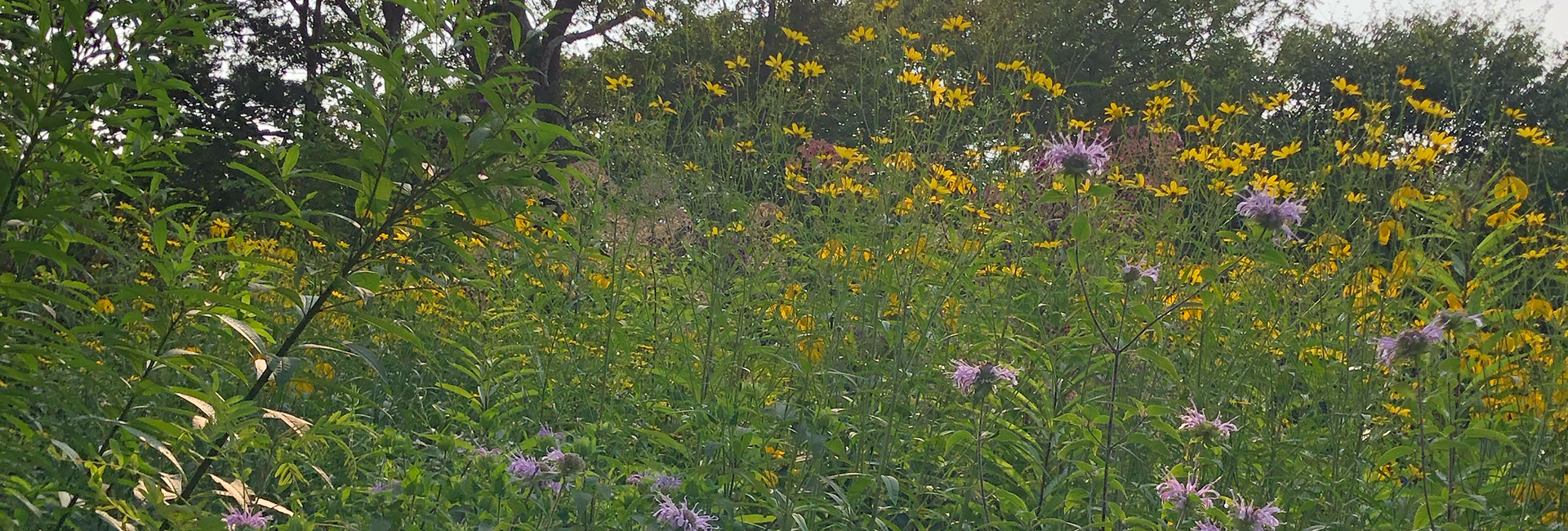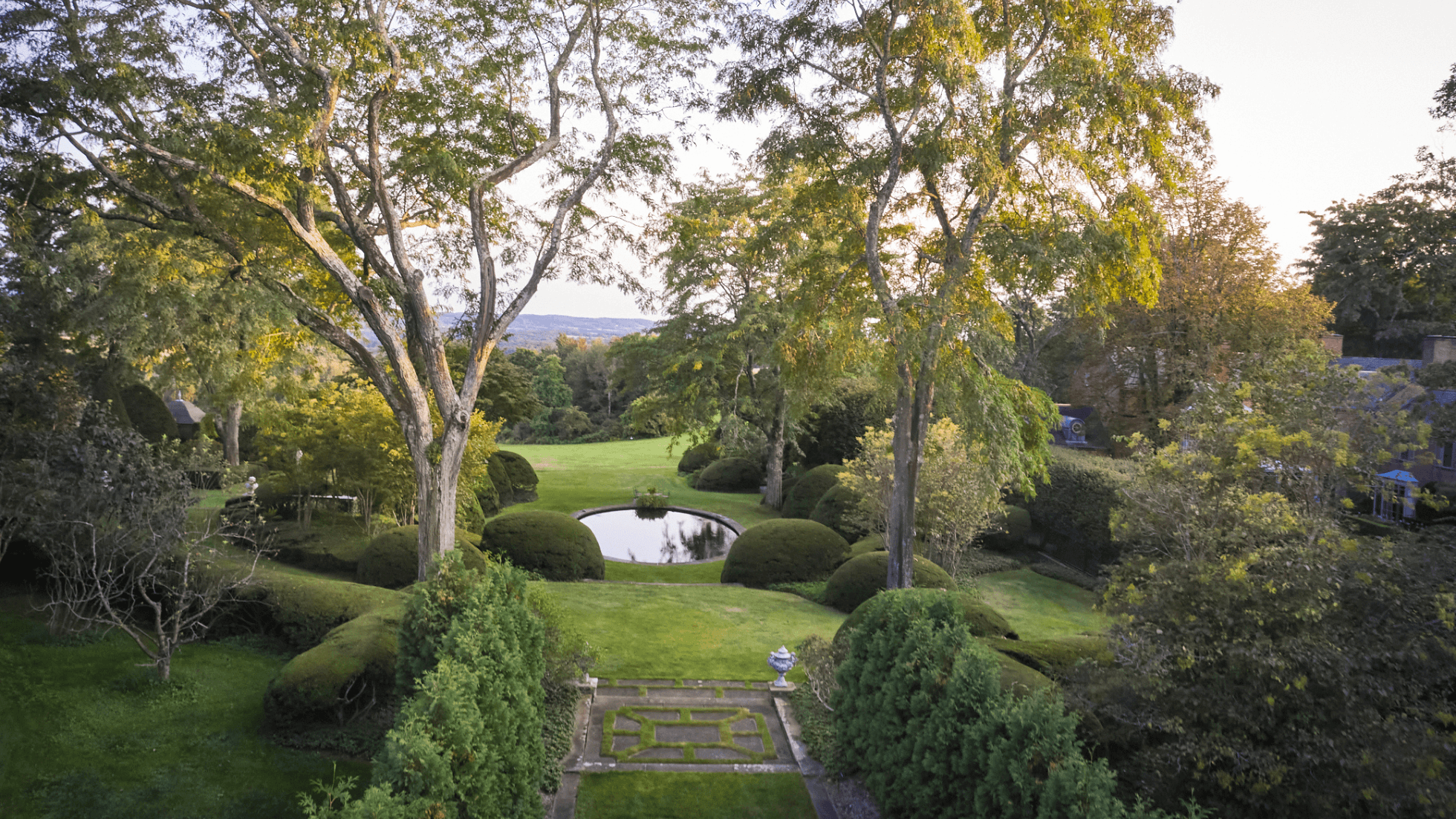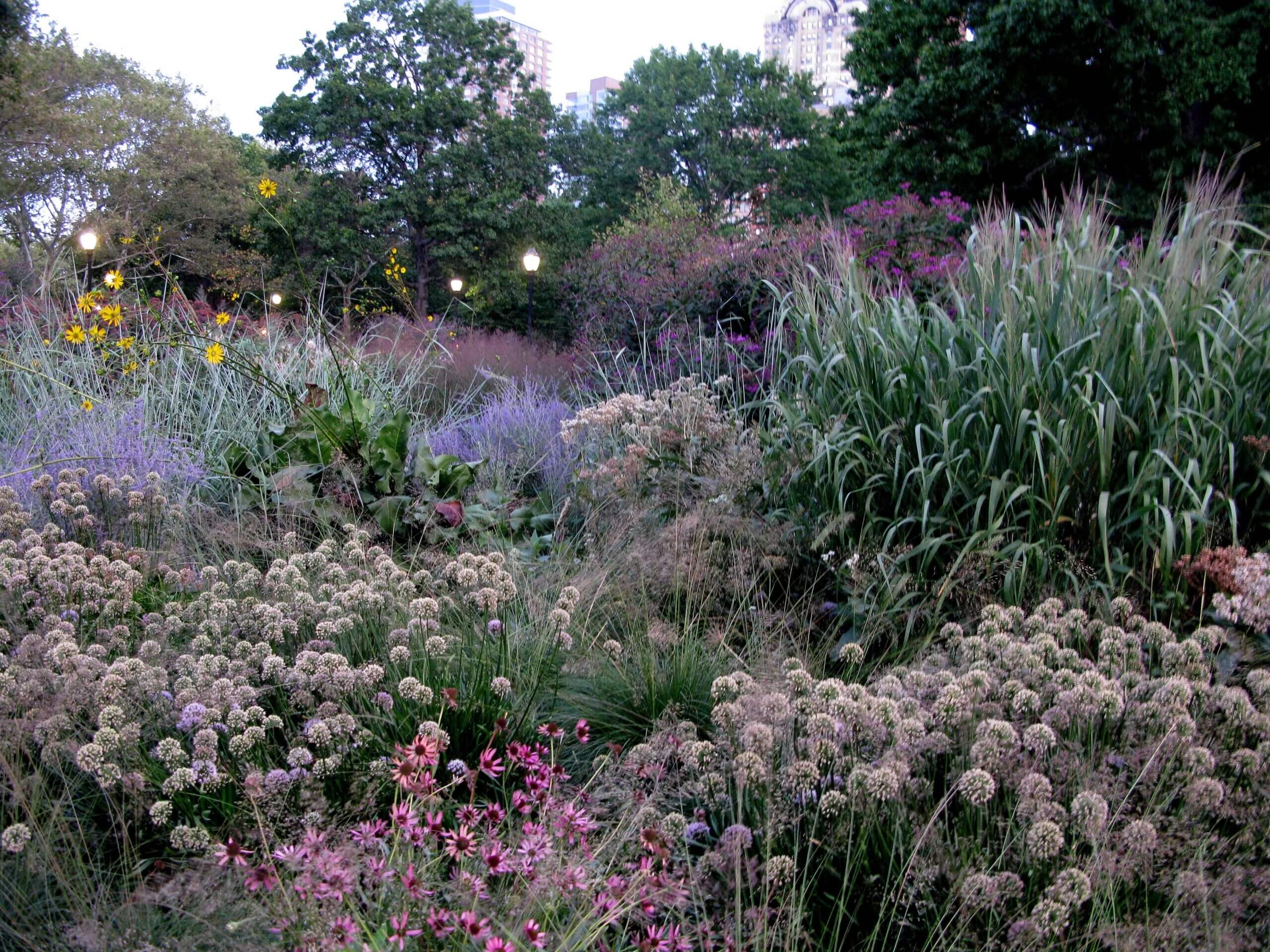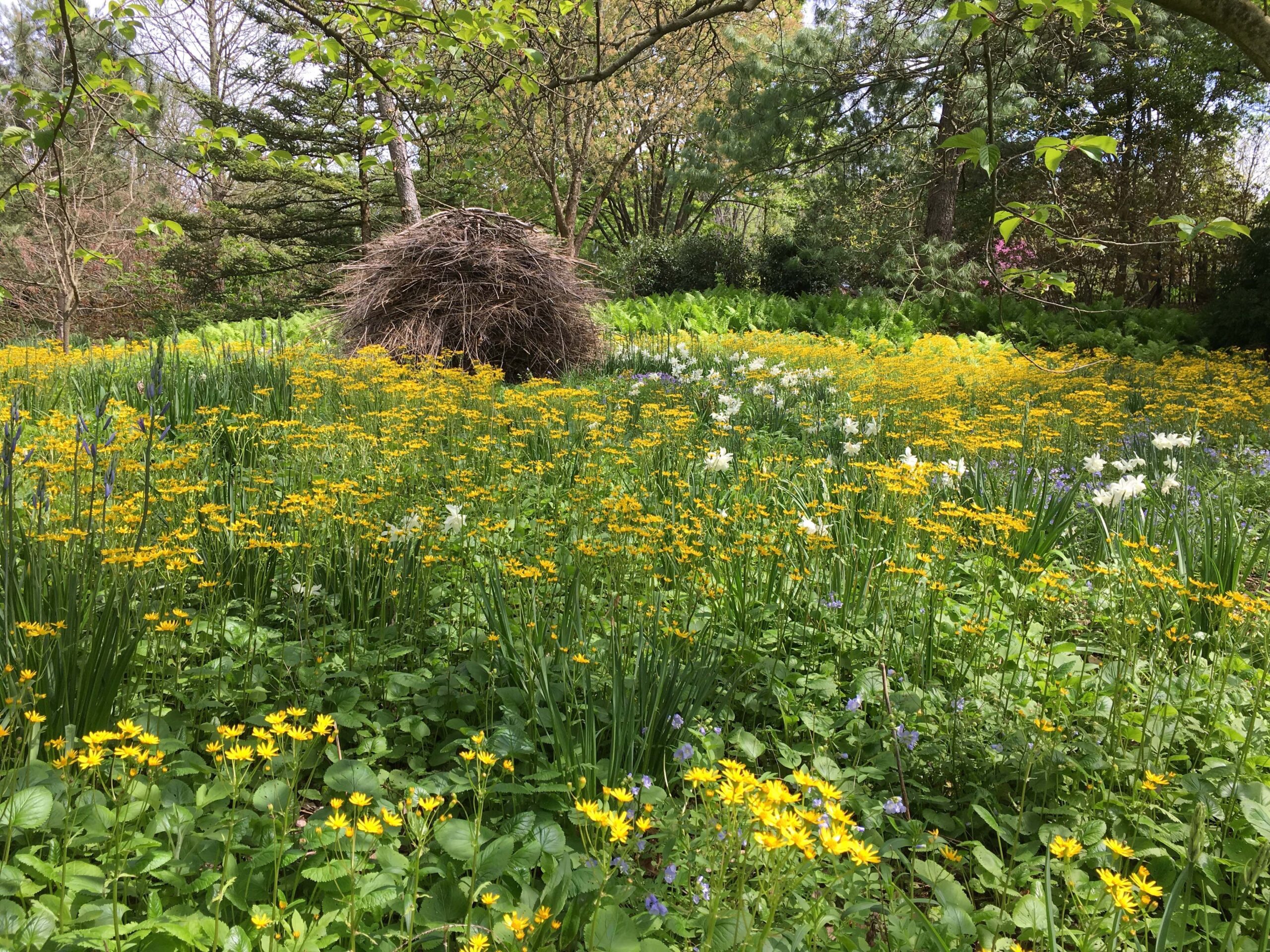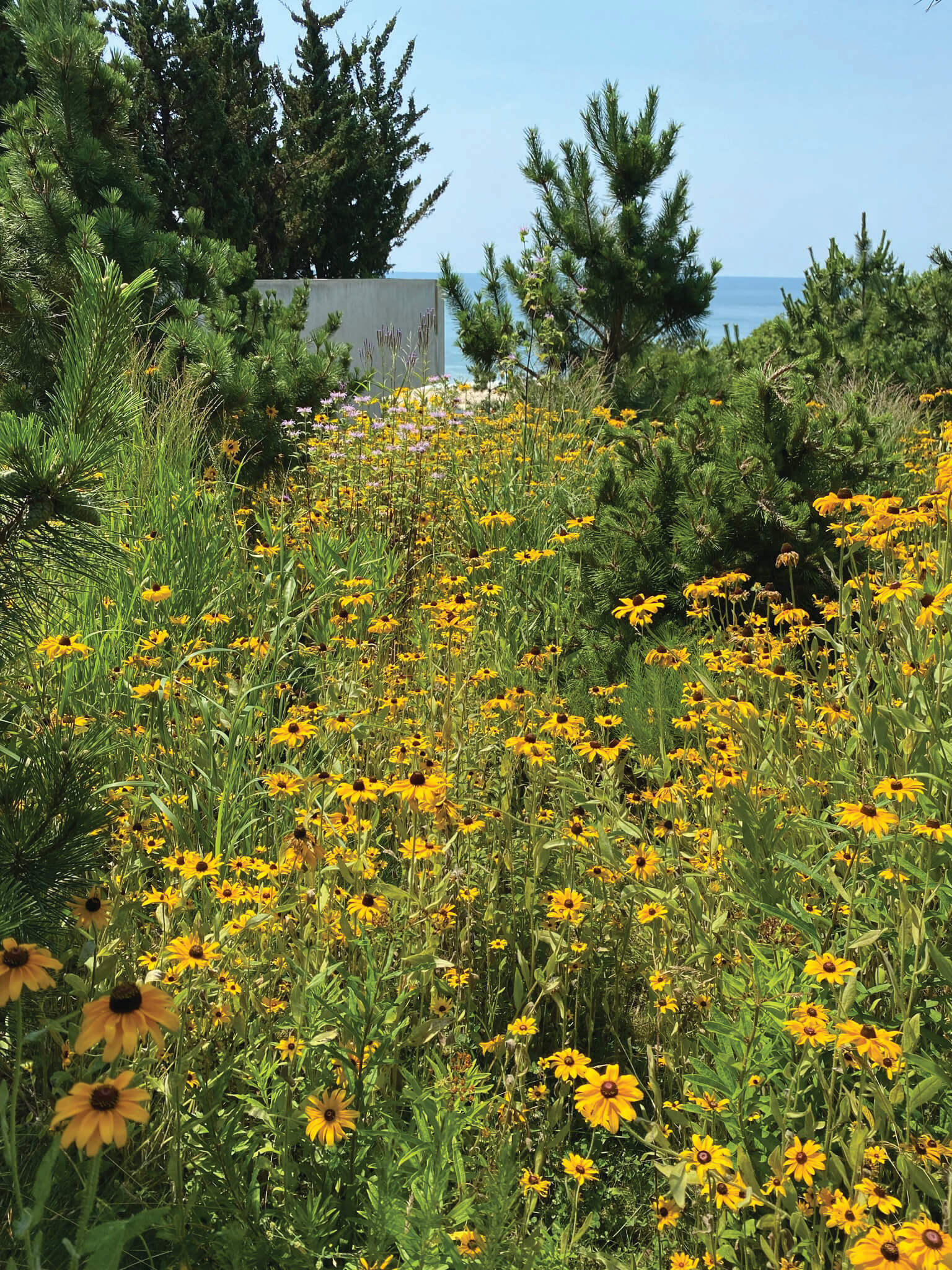
In November, I wrote about why it is so important to keep biomass (organic matter) on your property and some easy creative ways to manage various types such as branches, leaves, grasses, and garden clippings (Closing the Loop, Part 1).
The way to make the bulk of your biomass into free fertilizer is composting. It is the best-known way, and the most misunderstood.
Composting is simply the act of decomposition; like aging, it is inevitable, just do nothing at all and your various landscape stuff will eventually break down into the ground; that is what happens in the wild. If composting is so easy, and so important an environmental act, why doesn’t everyone do it?
In the managed landscape we like to play a role in how and where the decomposing happens, so we make compost piles. Anything organic can go into a compost pile, and if you just leave it, you will, eventually, absolutely have compost.
But, without some assistance, the process will be slow, and, depending on what you put in there, it could attract pests. In an informal survey of young homeowners (courtesy of my niece April) the amount of work required, the amount of space needed, and the possibility of smells and rodents came out as the top reasons why people don’t compost. But do not worry, these are all very easily overcome.
You really should be composting.
Composting relies on microbes, which can do the job with oxygen (aerobic) or without oxygen (anaerobic). Home composting is aerobic; the key components for happy, hungry microbes are the right balance of air and water. Happily, microbes are very tolerant. If they aren’t getting the right balance, they just slow down.
WORK: You can do nothing and let your compost pile break down slowly or you can help with the air and water to make the microbes more active. Turning a compost pile keeps it aerated. Occasional watering keeps it from drying out. Covering with a tarp helps keep the moisture in but also keeps it from getting too wet. The more you work to keep your pile turned and the right amount of moist, the faster your compost happens.
Compost piles can be cold or hot. Hot compost heats up and kills off pathogens and weed seeds. It is faster than cold. It requires a carefully monitored mix of nitrogen, carbon, water, and oxygen. Sometimes compost heats up all by itself but creating a reliably hot compost is a lot of work. Hot compost is important for garden nerds and compost professionals, but as I think EVERYONE should compost, I focus on the easy version, cold composting. It is simple, it works. It closes the loop just fine.
COLD COMPOSTING (it is logical, there are no mysteries):
- Air? If you don’t want to turn the pile, start with a layer of twigs and/or wood chips and add more fluffy stuff (leaves, small branches) between successive layers to provide airflow.
- Time? The smaller the pieces, the faster they break down. So, if you wish to speed things up, as well as reduce the size of your heap, run your mower over the leaves and chop up garden trimmings into smaller pieces before adding to your pile.
- Bulk? For large amounts of compost and faster results, use the 3-pile system (see below).
- Moisture? Remember the moisture: if dry, add some water and then cover the pile with a tarp weighted down with bricks or logs.
- Weed seeds? Make a separate pile for plants with seeds or viable roots. Don’t use compost from this pile in your garden beds until you are sure the seeds and roots have been there so long, they are dead. If you aren’t turning and your piles start sprouting, do your best to cut or pull the growth before it goes to seed. Or just keep heaping stuff on top to suppress growth.
- Rodents? Not a problem if you are turning your pile very frequently, but if that’s not happening, don’t put “food” (kitchen scraps) in the heap; use a rodent-proof closed bin system (see below).
- Smells? It is anaerobic decomposition that stinks. If your pile has enough air, it will smell earthy-good. Kitchen scraps add a lot of moisture and can get anaerobic/smelly (not to mention the rodent thing), so turn them a lot or used a closed bin system.
- Additives? What about adding manure or other inputs? This is only needed if you are growing produce like fruits and vegetables that require high fertility. If you are removing food from your garden, you need to replace what you have taken, that’s another story. PRFCT focuses on food for non-human life forms; they live, eat, poop, and die in your garden; that’s the closed loop.
- Sun or Shade? Warmth is good to keep the organisms going, but too much sun can overheat them and dry out the pile. Best (but not essential) to pick a spot that gets a bit of shade in the heat of the summer and sun in the winter.
- Done? Compost is ready when there are no big chunks. If you want to get fancy, you can screen it before adding to your plantings and throw any chunks back on the pile.
- Don’t? Put anything in that has been exposed to pesticides (pre-emergent herbicides, broadleaf killers, insecticides) which may kill the microbes and/or inhibit growth of beds where the compost is eventually applied. Best not to use pesticides in the first place.
- More Don’t? Avocado pits, corn cobs, citrus peels, dog and cat poop (except if on certain medications) – too slow to break down or too icky for an open pile but fine in closed bin.
- SYSTEMS: Piles or bins? Ready-made?
- Piles: heap everything in one or more places that are convenient and let it go or turn as your time and energy allow. Push the pile aside at the edges to remove finished compost beneath. Very big piles will take longer (less oxygen) so best to spread them out if space allows.
- Bins: build enclosures to contain piles and help you look and feel organized. Warning – most prefab bins are squares and make it fairly impossible to reach in and turn; you need at least one open side to access. Although it is nice to have some air flow in your bin walls, avoid using wire cages, as your spading fork (preferred tool for turning) will get stuck in it – very annoying.
- Configurations: If you have the space for lots of yard waste, and feel a bit more energetic, a 3-bin system is great – one space each for new, mid-process, and done. You can move the compost from bin to bin as it matures, or you can simply stop adding to a bin when it gets full and go to the next. Ideally, by the time the last bin is full, the first is ready for harvesting. That will depend, of course, on how big the bin, how much you add, and how often you turn.
- Closed Bins: rodent proof, odor free, space saving, self-aerating bins can take meat, fish, and dairy, and chunky stinky stuff. Turning is suggested but not essential. Most important is to add plenty of “carbon” (leaves, wood chips, sawdust, clean shredded paper, cardboard). For a very small property, one or two of these can be your entire composting system. I love my Green Johanna but have just purchased an Aerobin to test it. The problem with both is they are plastic and shipped from overseas.
- Contraptions: Rotating bins are another type of closed system now offered on most every garden retailing site. The concept seems solid: turning a handle is easier than turning a pile with a fork. The problems: 1) too small for most needs as they get too heavy to turn when larger. 2) At some point you need to stop adding material so you can finish what is in there. Buy, or make two or more of them. One of our respondents uses two barrels which she just rolls around. 3) Some require the purchase of proprietary “activator” pellets, which is contrary to the concept.
- Vermiculture: fun but fussy. Not recommended for those seeking low-maintenance options.
USES:
Compost is organic matter; every teaspoon can contain billions of microorganisms, ready to help your landscape thrive. Compost, however, is not the same as soil as it doesn’t contain minerals. Use compost to improve moisture retention and enrich soil, but not to replace soil. Compost is organic matter; every teaspoon can contain billions of microorganisms, ready to help your landscape thrive. Compost, however, is not the same as soil as it doesn’t contain minerals. Use compost to improve moisture retention and enrich soil, but not to replace soil.
If you turn your compost occasionally and maintain average moisture, it should be ready for use in 6 months to 1 year. Lazy version, figure on 2 years. Ready to:
- Fix bare patches in your lawn
- Top dress the entire lawn
- Add to soil when planting trees and shrubs
- Add to soil in raised veg beds
- Mix into new flower beds or scratch into old ones
- Let it be
Honor what your place produces; sending it to the dump uses fossil fuels for transport, generally involves dump fees, and creates methane (highly potent greenhouse gas) when it decomposes in the anaerobic landfill system.
Your yard does not produce garbage, it makes its own perfect food. It is free.
MORE:
General info https://www.nrdc.org/stories/composting-101
About microbes https://compost.css.cornell.edu/microorg.html
Full on compost nerd info https://www.compostmagazine.com/
Quote: “This beautiful gift of attention that we human beings have is being hijacked to pay attention to products and someone else’s political agenda. Whereas, if we can reclaim our attention and pay attention to things that really matter, there a revolution starts”. Robin Wall Kimmerer, NY Times Feb 2023
Book: The Uninhabitable Earth , David Wallace-Wells
